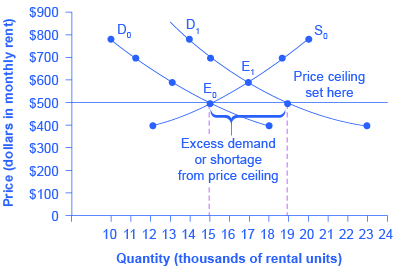Floor Ceiling Effects Research

Let s talk about floor and ceiling effects for a minute.
Floor ceiling effects research. Floor effects floor are just like ceiling effects but they are found at the opposite end of the performance scale. The inability of a test to measure or discriminate below a certain point usually because its items are too difficult. Imagine therapy recommendations problems that are so. Should notbe confirmed due to a ceiling effect.
A floor effect is when most of your subjects score near the bottom. A floor effect occurs when a measure possesses a distinct lower limit for potential responses and a large concentration of participants score at or near this limit the opposite of a ceiling effect. Secondary outcome measures were the ohs fcs and ohs pcs. A ceiling effect can occur with questionnaires standardized tests or other measurements used in research studies.
There is very little variance because the floor of your test is too high. Limited variability in the data gathered on one variable may reduce the power of statistics on correlations between that variable and another variable. Psychology definition of floor effect. F c effects are defined as the proportion of respondents scoring the highest ceiling or lowest floor possible score across any given domain measuring the sensitivity and coverage of a questionnaire at each end of the scale 11.
In layperson terms your questions are too hard for the group you are testing. Common statistical methods e g analysis of variance linear regression produce biased estimates when such effects are present. Floor and ceiling effects negatively affect measurement properties including sample size requirements. When the functional ability range of a study population does not match assessment ability of the study for example there are insufficient items to capture the full range of participant functional ability the need for larger sample sizes is increased.
Ceiling effects and floor effects both limit the range of data reported by the instrument reducing variability in the gathered data. For example if a large proportion of patients receive the lowest possible score on a questionnaire then that suggests that all of those patients have the same level of health which in turn indicates the inability of that instrument to differentiate among those. Ceiling effects arise when test problems are insufficiently challenging.



















